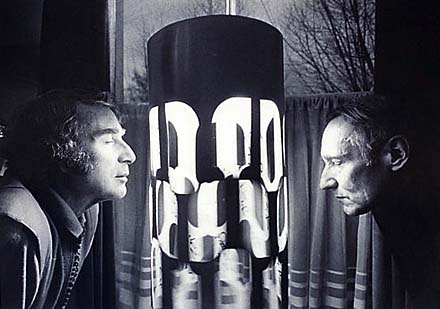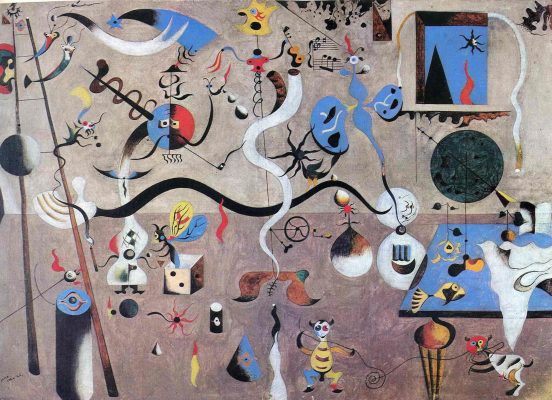Painter, performer, poet, writer and mystic Brion Gysin (1916-86) was an early prophet of our age. He was a pioneer of the cut-up method, a technique that in many ways anticipated the internet’s impact on the way that we break down information and ascribe meaning to symbols and words.
His innovations include early sound poetry and a scientifically-researched device known as the Dreamachine. Despite forging a creative practice that would influence some of the twentieth century’s most important artists, from the Beat Generation to Bowie, Gysin has slipped into relative obscurity. His anonymity is in stark contrast to his lifelong friend and collaborator William S. Burroughs, whose Naked Lunch became a countercultural bible and must-read for any teenage recluse.
Gysin was born in England to Canadian parents in 1916. He was introduced into Surrealist circles while studying at the Sorbonne, and after the war accompanied Paul Bowles to Morocco. It was there that Gysin met Burroughs. The two ended up back in Paris together in 1958 at the infamous Beat Hotel. Their experiments with the cut-up technique, in which words and phrases are literally cut up into pieces and rearranged to disassociate them from their received meanings and reveal new ones, culminated in Burroughs and Gysin’s The Third Mind, a book-length collage manifesto on the possibilities of the practice.
From the late 1950s to the early 1960s, Gysin’s style manifested itself in a series of calligraphic paintings and drawings that he produced in Morocco. Fluent in written Japanese and Arabic, Gysin’s script-like canvases represent an attempt to fuse writing and painting into a single complex system of mark-making. He used a grid formation, making marks from top to bottom as well as right to left, to create a dense pattern of abstract language.
Circa 1960, Gysin collaborated with Ian Sommerville, a mathematician and budding computer scientist studying at Oxford. He and Sommerville were attempting to computerise the shift and change of words and sounds, naming these experiments with printed words and magnetic tape Permutations. Works like ‘Pistol Poem’, comprised solely of pistol shots recorded at varying distances, and the poem ‘I Am That I Am’ made him a pioneer of sound poetry. Embracing magnetic tape and computer technology, at a time when such practice was the preserve of scientists, Gysin equated his Permutations with those of a machine. He went on to perform these works around Europe, accompanied by music and handmade slide projections.
Gysin believed that his Dreamachine would eclipse television
In 1961, Gysin and Sommerville developed the Dreamachine. A cylinder with slits cut in the sides and a suspended light bulb at its centre is placed on a record turntable and rotated at seventy-eight revolutions per minute; the rotation speed projects light at a constant frequency of eight to thirteen pulses per second, which corresponds to alpha waves present in the human brain during wakeful relaxation. The flickering light creates a trance-like hallucinatory state. For Gysin, the Dreamachine was the culmination of his research. With it, images were freed completely from representation. He believed that the future of painting was the mind, which could be an inexhaustible source of artistic revelation with the help of the Dreamachine. The piece was officially unveiled in March 1962 at an exhibition titled The Object at the Museé des Arts Decoratifs in Paris. It did in fact prove to be a source of artistic inspiration, though not to the degree Gysin hoped – he believed that his Dreamachine would eclipse television. Burroughs even thought it could be used to ‘storm the citadels of enlightenment.’
At the exhibition Brion Gysin: Dream Machine, the New Museum in New York invited viewers to experience a Dreamachine alongside notebooks and drafts for The Third Mind, letters between Gysin and Burroughs and videos of Gysin’s friends and collaborators. The exhibition also comprised Gysin’s calligraphic paintings, drawings, films and personal notebooks – all providing a platform for a rethinking of Gysin as an artist in his own right.
I met New Museum curator Laura Hoptman to discuss the show and the dynamic relationship between Gysin and Burroughs.




